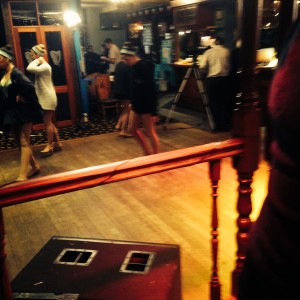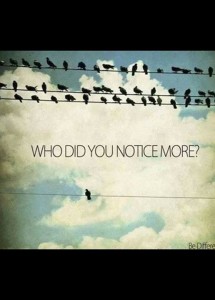As this subject is getting into the hypertext stages, I thought I would do some extra research on what this topic is about, and how it relates to society. Coming up to the exam, I want to be confident about on this subject, and know why, how and who uses this form of language.
Basically this blog is hypertext, you can creatively link and interact with people from around the world, through pictures, music, text and programs. What we click on that takes the viewer to a different site is called a hypertext link or button. Hypertext systems are said to be useful for organising large databases that include all forms of information, that people can interact with via the web.
It seems to me that hypertext is the way of the future, the way people connect, communicate and interact with people from not only their society, but also on a global scale. This is an advantage of having a system like this, as everyone is linked together in some way or another.
I came across an article discussing Print Literacy vs Networked Literacy. I found it an insightful and informative piece that gave a thorough understanding on the topic. It is called, ‘Information Literacy: The Changing Library‘. Have you ever heard of a Cybrary?
Normally a library is a place of recorded history, and artefacts of symbolic representation. It is a physical space that are for printed, visual and audio pieces memorable within society.
This article discusses how Print Literacy is now and how it used to be, while intro ducting the topic of network literacy and how it affects Print now and into the future. A quote from this piece reads as follows, “Digitalization and its two main derivatives, the Inernet and hypertext, propelled information access and exchange into the era of cyberspace and the syber Library, or knows as ‘cybrary’. Networked communications technologies have transformed not only the physical space of this time-honoured learning place but also the literate and textual work that takes place in it” (Cushla Kapitzke)
Cybraries are the way of the future!!

